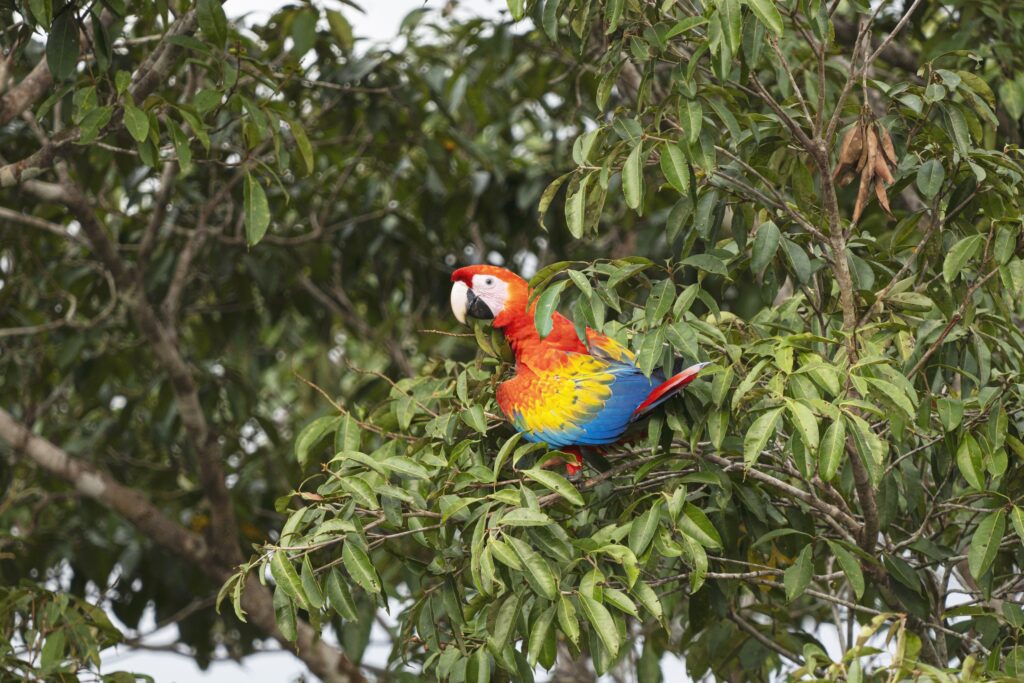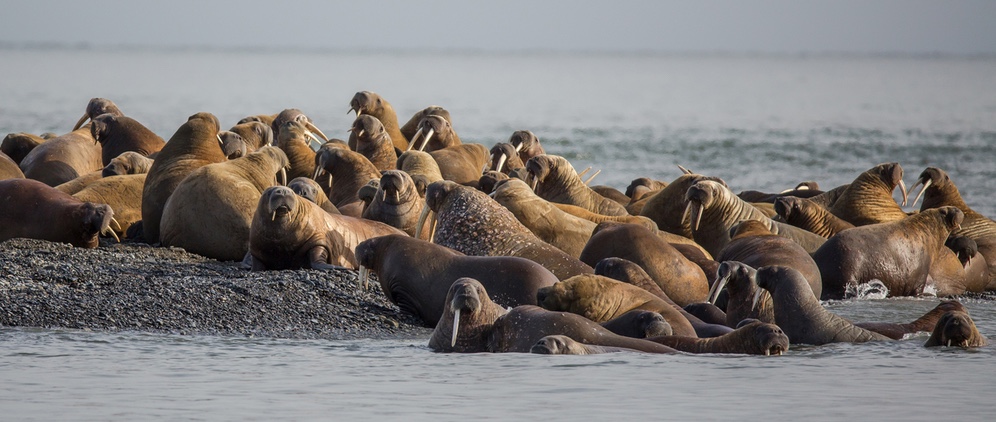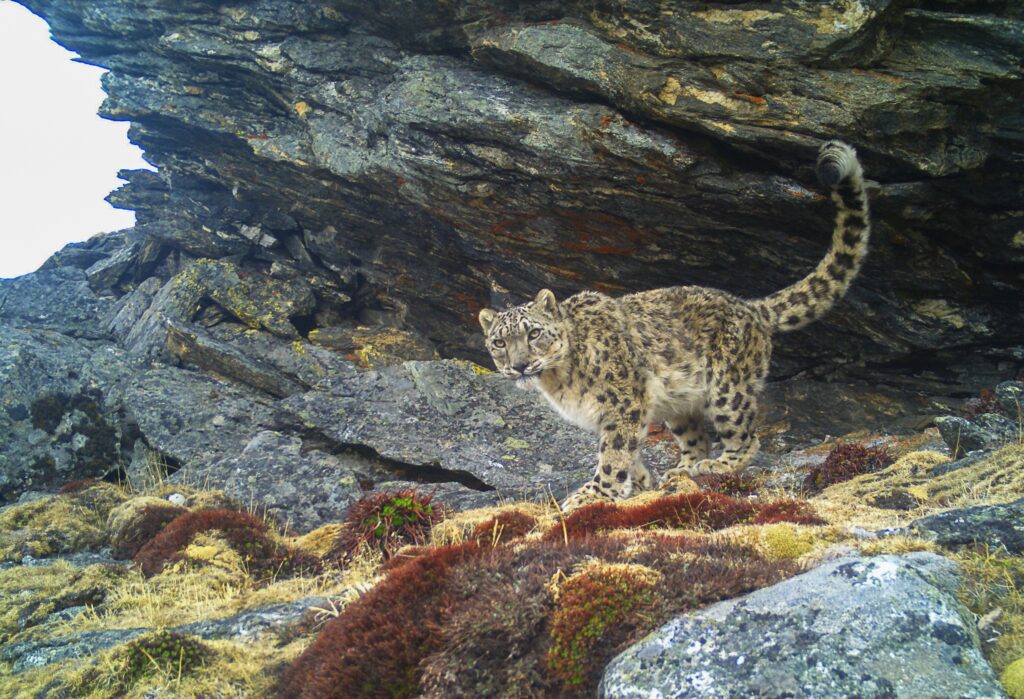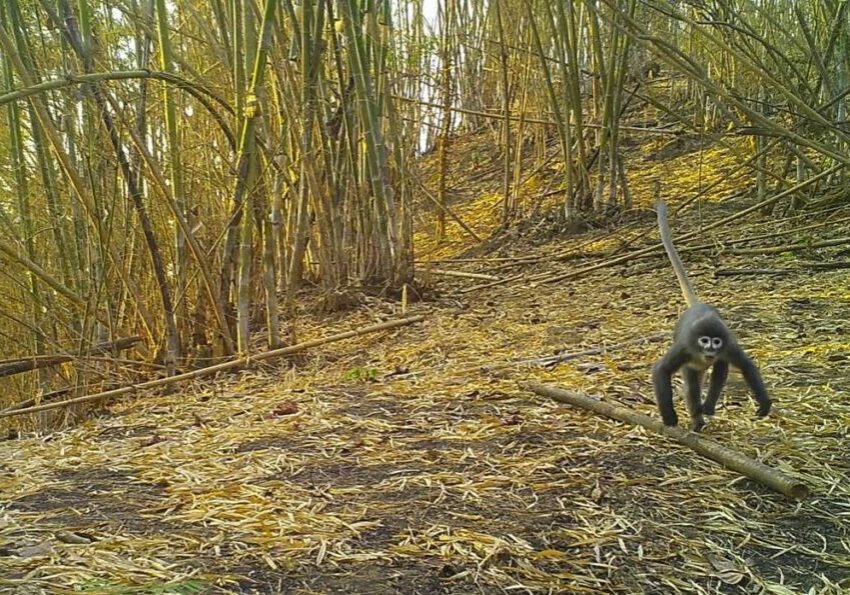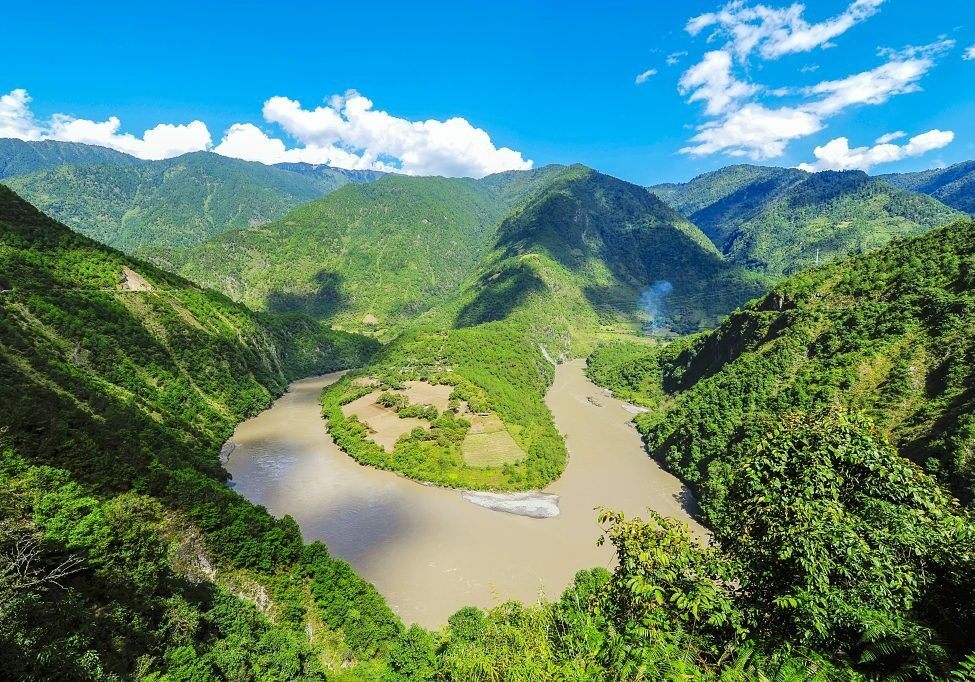It’s 6am in a small village on the coast of the Ayeyarwady delta in Myanmar. Ma Aye wakes up and prepares breakfast for her family before a trip to the market. On her return, she spends the rest of the day in a mangrove field working on her mud crab farm.
Myanmar is home to one of the most extensive mangrove ecosystems in Asia. But illegal logging, land expansion and unsustainable human activity have contributed to the loss of more than 60% of the country’s mangrove forests in the last 20 years.
Ma Aye’s village is part of a pilot project called ‘Community-based Mangrove Restoration and Promoting Mangrove Friendly Aquaculture’. The project was created by WWF together with a local civil society organisation (CSO), a local network focused on environmental conservation, and other relevant groups.
“I remember when I was a child, I would swing and jump from tree to tree in the mangrove forests,” recalls 40-year-old U Kaung, whose mud crab farm supports mangrove restoration. “It made my childhood memorable. Now our children can’t play like we used to because our mangroves aren’t as plentiful as before.”
This alarming rate of mangrove deforestation has impacted natural resources and the local communities, as the mangroves provide fundamental sources of income (farming and fisheries) and protection against natural disasters such as cyclones.
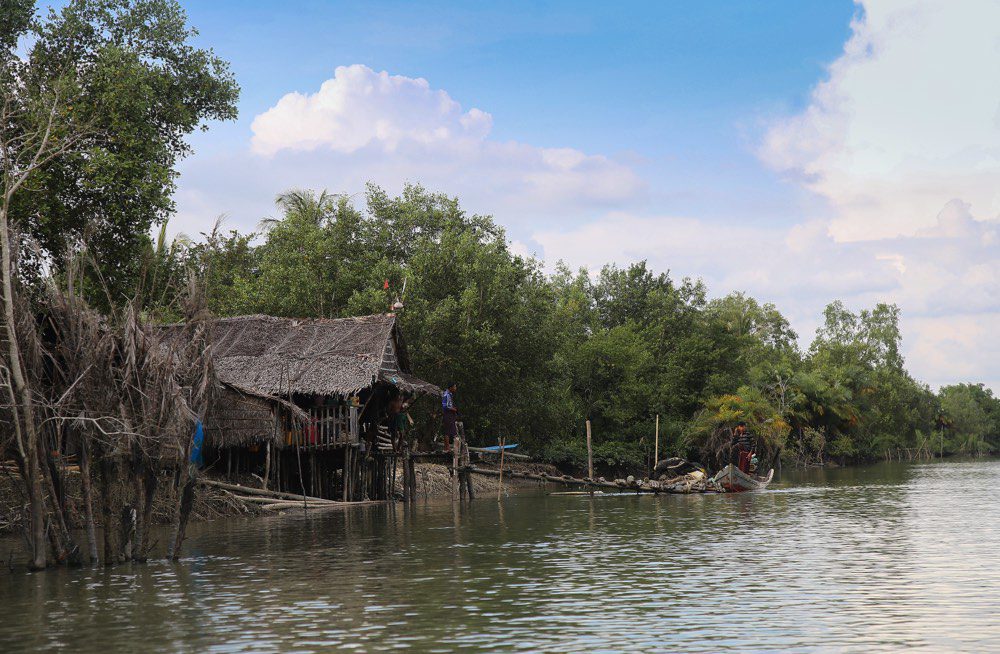
© AUNG KHANT MIN / WWF-MYANMAR
Thanks to your support, we’ve been able to work with the local CSO and environmental conservation network to provide training and workshops on technical aspects of sustainable mangrove-friendly aquaculture and mangrove restoration.
As a result, 10 communities in the Ayeyarwady delta have learned how to protect and sustainably manage about 1,495 hectares of mangroves.
Mangrove-friendly aquaculture mainly involves shrimp and mud crab farming, using mangroves as natural breeding grounds and a source of food, as well as combining agroforestry, such as growing seasonal crops over the farm.
These methods are effective because they don’t require land expansion and can be integrated into the mangroves without harming the ecosystem.
“To achieve successful mangrove restoration, it’s important that we not only provide knowledge and technical instruction but we also need to empower the community and give them ownership in conserving the mangroves,” says U Thein, a programme manager at the local environmental conservation network.
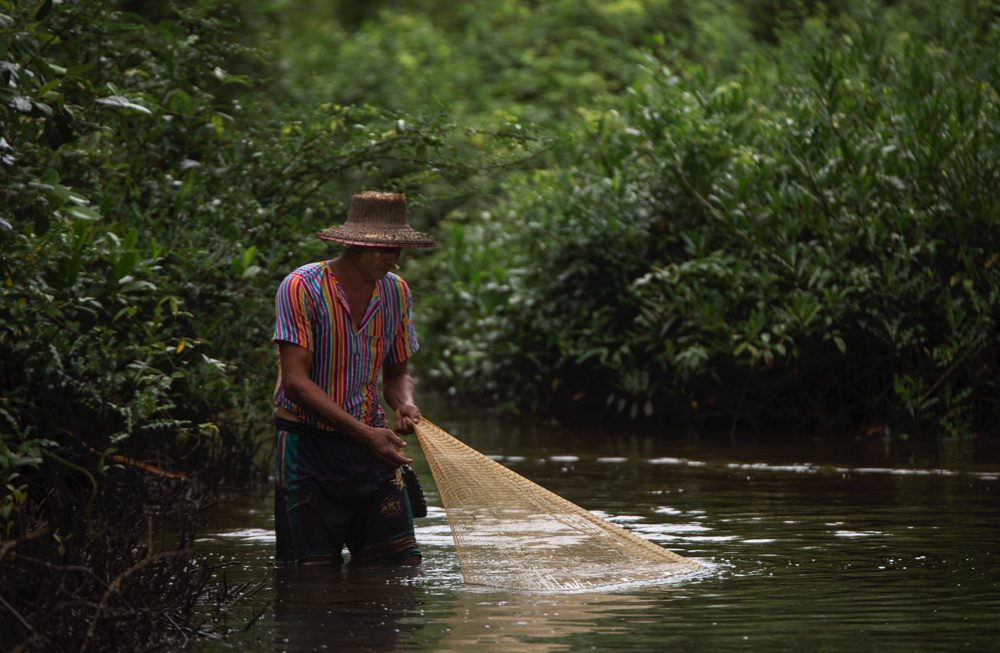
© AUNG KHANT MIN / WWF-MYANMAR
The project has shown how mangrove conservation managed by the community is more effective and sustainable in the long run, especially when they see the stability of their livelihood in return.
Many people can’t afford to start investing in mangrove-friendly aquaculture, like buying or restocking baby crabs, due to a lack of job opportunities and the current political climate and economic downfall in Myanmar.
But the participants in the project are highly motivated, because conserving mangroves provides them with a solution to their livelihood challenges.
“I want my community to continue to understand the benefit of mangroves so that we can restore our lost mangroves and take care of the existing ones,” says Ma Aye. ”A sustainable livelihood is important for our basic needs because only when we can take care of ourselves can we also focus on taking care of our mangroves.”
U Kaung agrees that working with nature is the best way forward: “We can improve our livelihood hand-in-hand with nature while it protects us from climate change,” he says.
More about mangroves
You can visit the WWF-Myanmar website to find out more about their work in the Ayeyarwady delta.
You helped create a new national park in Colombia
Join our walrus watch!
You supported India’s first national snow leopard survey
More to explore
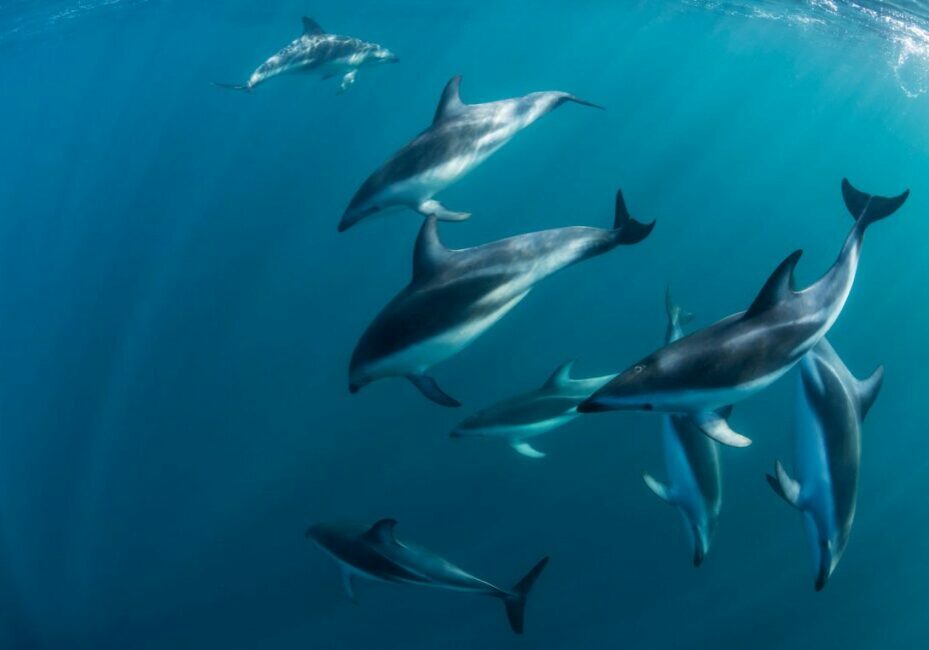
Next steps for ocean protection
A new global agreement to protect huge parts of our oceans is a great leap forward for conservation. But there’s still work to do – which we can achieve with your support
